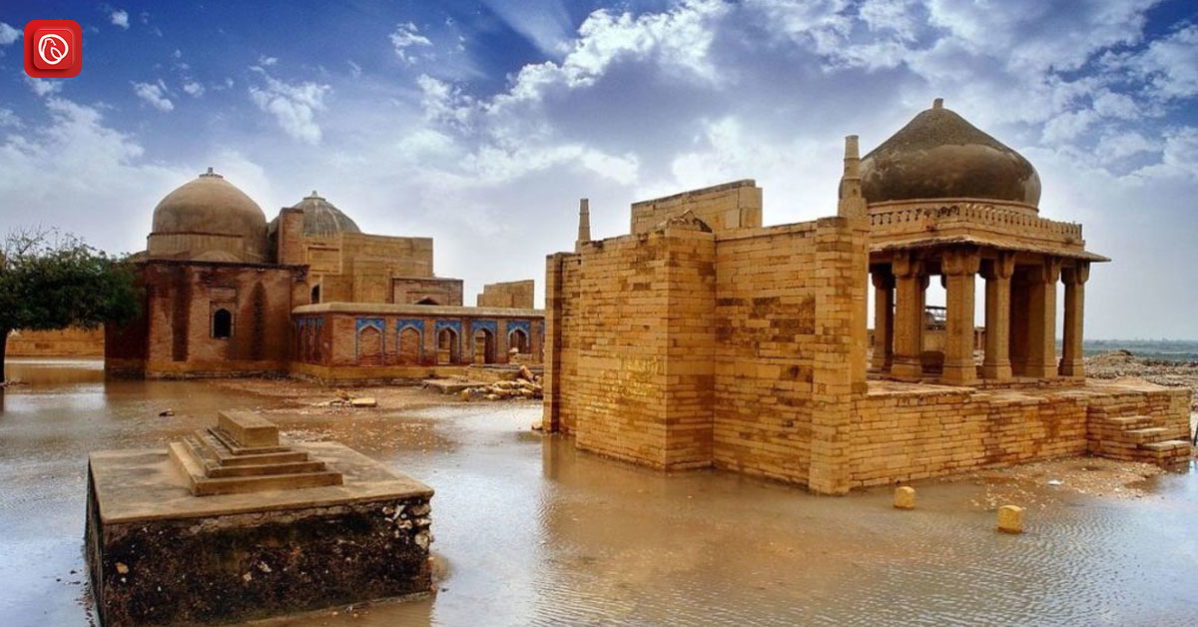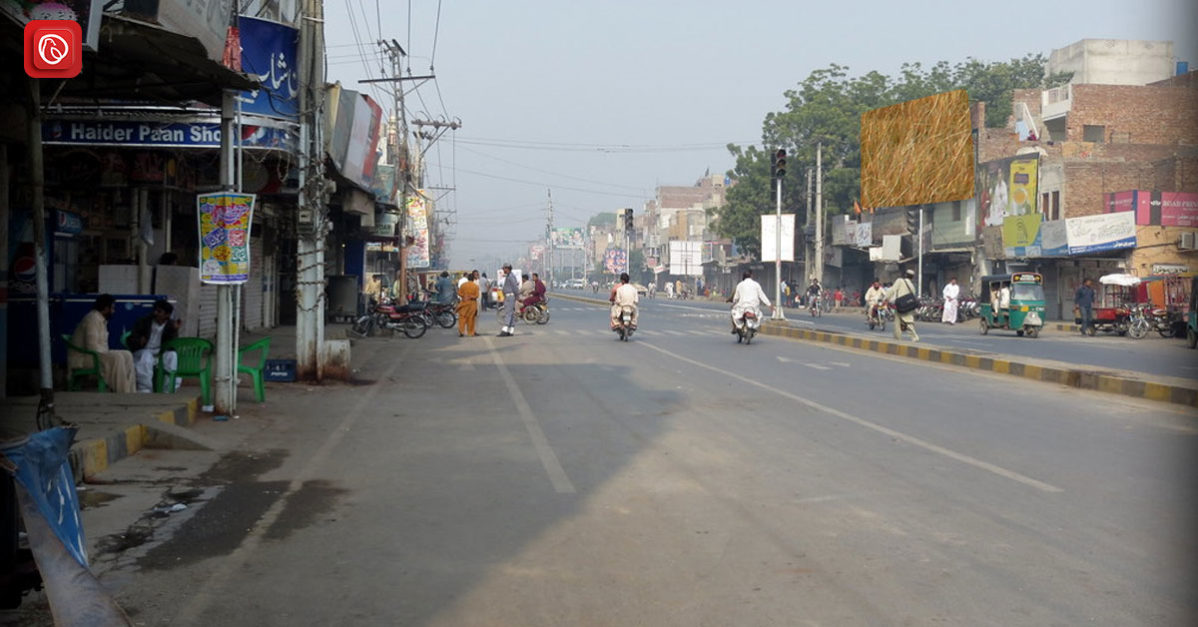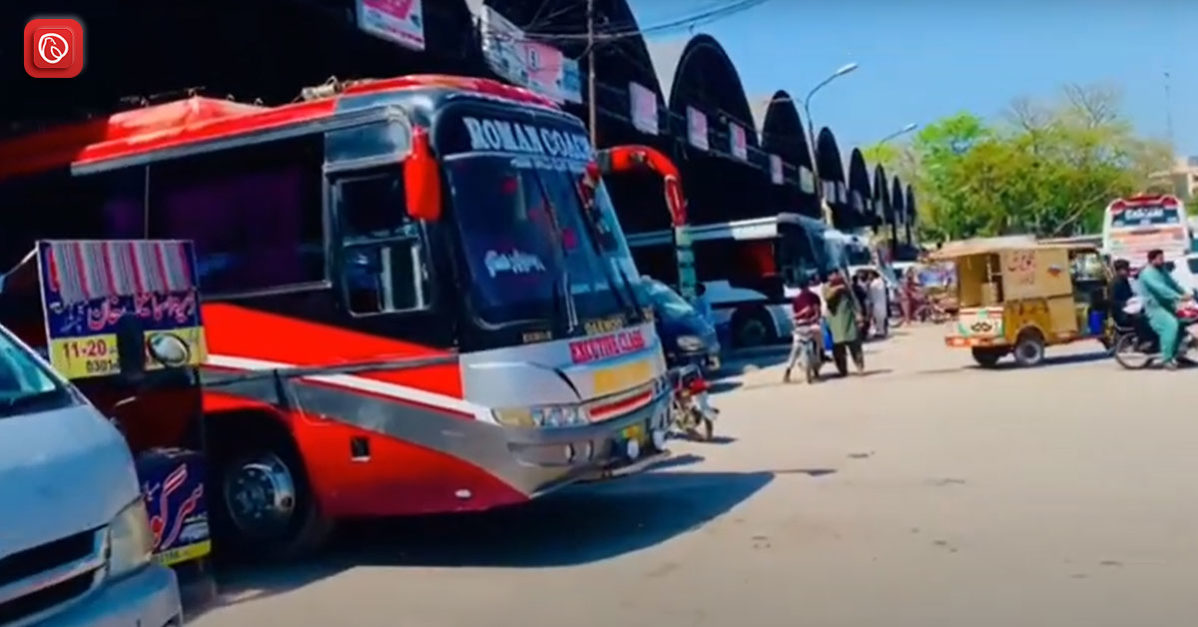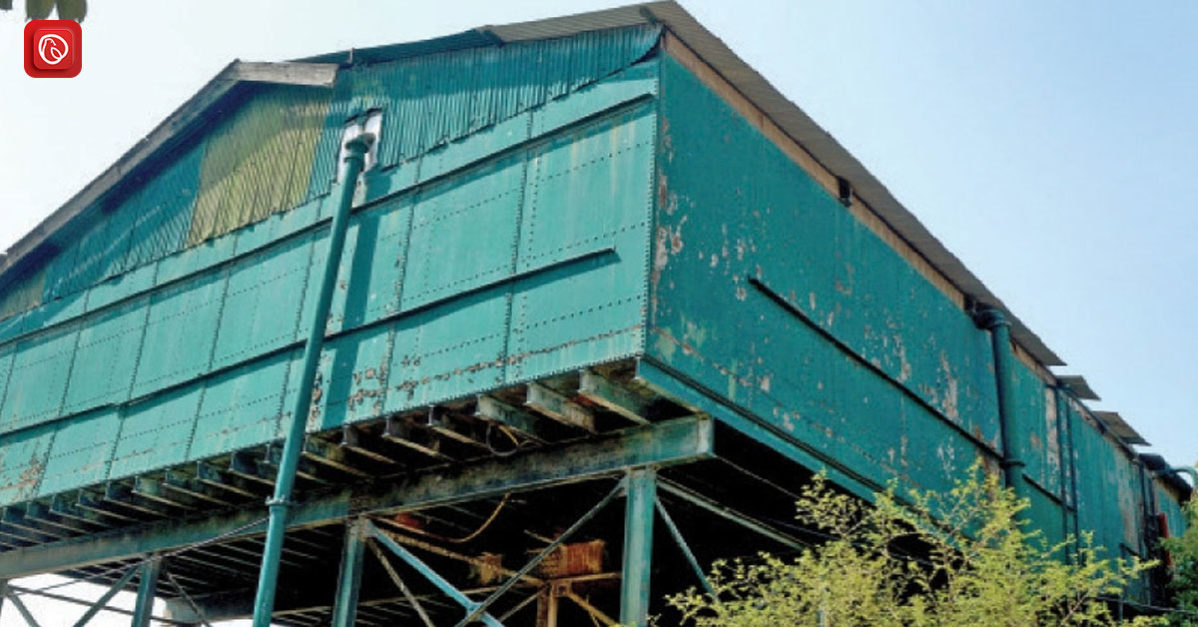Situated near the historic city of Thatta in Sindh, Pakistan, Makli Graveyard is one of the largest and most fascinating necropolises in the world. Spanning over 10 square kilometres, this UNESCO World Heritage Site is a treasure trove of architectural marvels, historical significance, and cultural heritage. With an estimated 500,000 to 1,000,000 tombs, Makli Graveyard offers a glimpse into the rich history of the region, dating back to the 14th century.
In this blog, Graana.com will share more amazing facts and information about the historic place.
The Historical Significance of Makli Graveyard
The origins of Makli Graveyard are shrouded in mystery, with some legends attributing its name to a mystic saint who declared the site to be as sacred as Mecca. Over centuries, it became the final resting place for royalty, Sufi saints, and prominent figures of Sindh.
The graveyard’s history is closely intertwined with the rise and fall of the Samma, Arghun, Tarkhan, and Mughal dynasties, making it a unique chronicle of Sindh’s past. The historic site is found near Thatta, which itself is a historic city for many reasons.
Architectural Brilliance of the Tombs
One of the most captivating aspects of Makli Graveyard is its diverse architectural styles. The tombs showcase a blend of Islamic, Hindu, Persian, and Mughal influences, reflecting the multicultural fabric of the region. The intricate carvings, geometric patterns, and Quranic inscriptions on the sandstone and marble structures are a testament to the craftsmanship of the artisans of the time.
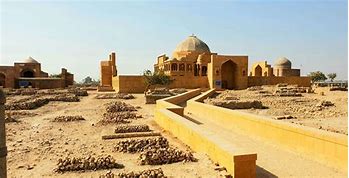
Notable Tombs in Makli Graveyard
- Jam Nizamuddin II’s Tomb: A masterpiece of Samma dynasty architecture, this tomb features exquisite carvings and a unique dome design.
- Isa Khan Tarkhan II’s Mausoleum: Known for its grandeur, this tomb is adorned with fine stone carvings and Quranic inscriptions.
- Tomb of Diwan Shurfa Khan: A blend of Persian and Mughal styles, this tomb stands out for its elegant design and historical importance.
The Cultural and Spiritual Significance
Makli Graveyard is not just a historical site; it is also a place of spiritual reverence. Many of the graves belong to Sufi saints. The site is seen by devotees seeking blessings and spiritual solace. The graveyard symbolizes the region’s deep-rooted spiritual traditions and its enduring respect for its ancestors.
Challenges in Preservation
Despite its historical and cultural importance, Makli Graveyard faces numerous challenges. Environmental factors such as erosion, weathering, and encroachment have taken a toll on the ancient structures. Additionally, a lack of adequate resources for conservation has put this heritage site at risk. Efforts by UNESCO and local authorities aim to preserve this remarkable site for future generations.
Visitor Experience: What to Expect
Visiting Makli Graveyard is a journey through time. The serene atmosphere, combined with the grandeur of the tombs, offers a unique experience for history enthusiasts, photographers, and spiritual seekers alike. To make the most of your visit:
- Wear Comfortable Shoes: The vast expanse of the graveyard requires a fair amount of walking.
- Hire a Local Guide: A knowledgeable guide can provide insights into the history and significance of the tombs.
- Visit During Cooler Months: The best time to explore Makli is between October and March to avoid the scorching heat.
Nearby Attractions
A visit to Makli Graveyard with trips to other historical sites in Thatta, including:
- Shah Jahan Mosque: Known for its stunning tile work and architectural beauty.
- Keenjhar Lake: A serene spot ideal for picnics and birdwatching.
- Chaukhandi Tombs: Another historical graveyard showcasing unique architectural styles.
Tips for Responsible Tourism
When visiting Makli Graveyard, it is essential to be mindful of its cultural and historical significance. Here are some tips for responsible tourism:
- Do Not Litter: Keep the site clean and respect its sanctity.
- Avoid Touching Fragile Structures: The tombs are ancient and delicate.
- Support Local Communities: Purchase souvenirs and services from local vendors to contribute to the region’s economy.
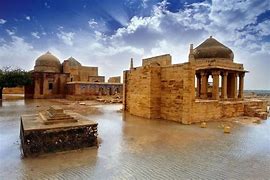
Conclusion
Makli Graveyard is more than just a burial site; it is a testament to the artistic, cultural, and spiritual legacy of Sindh. Its timeless beauty and historical significance make it a must-visit destination for anyone interested in exploring Pakistan’s rich heritage. Whether you are drawn by its architectural wonders or its serene atmosphere, a visit to Makli Graveyard promises to be an unforgettable experience.
Plan your trip to this extraordinary site and witness the grandeur of a bygone era come alive in the heart of Sindh.
FAQs
Related FAQs
What is Makli Graveyard known for?
Makli Graveyard, known for being one of the largest necropolises in the world and a UNESCO World Heritage Site. It is famous for its historical tombs and diverse architectural styles.
How old is Makli Graveyard?
The origins of Makli date back to the 14th century, making it over 600 years old.
Is there an entry fee to visit Makli Graveyard?
Entry fees may apply for visitors. It is recommend to check with local authorities for the latest information.
Can I take photographs at Makli Graveyard?
Yes, photography is ban, but visitors should be respectful and avoid causing any damage to the structures.
What is the best time to visit Makli Graveyard?
The best time to visit Makli is during the cooler months, from October to March, to avoid the intense heat of summer.
Follow Graana blog for more details.
